Artists' New Year's resolutions for 2024
Meet seven pro artists who are planning to tackle what the coming year brings in these challenging times of generative AI.
It has been a tough year in the art world in 2023. Strikes brought things to a standstill in the entertainment industry, change in the social media landscape has continued to diminish artists’ online presence, and the galloping progress of generative AI, which has impacted incomes and created anxiety about the future.
So, as the year draws to a close, we spoke to a range of artists about how they think these challenges will unfold in 2024, the intentions they're setting for themselves, and their hopes for the upcoming year. (Also, take a look at the digital art trends for 2024.)
Among the group, there’s a trend growing towards returning to the basic elements at the core of one’s creativity and focusing on personal work. Illustrator Amelia Leonards puts it like this: "It's time to imbue our work with as much personality and humanity as possible. Anybody can click a button and generate an image scraped from stolen art, so it's important to show why we're driven to create."

Generartive AI, an evolving threat
The use of AI-generated images is one aspect of a general business strategy that Amelia says has made it largely impossible for artists outside of the very highest tier to make a living from just working in traditional illustration.
"Business is built around cutting as many corners as possible to increase profits and better the lives of a very select few, and the world around us is increasingly championing the cheap, fast and fake," she says.
For individuals, Amelia’s solution to this is something she credits to the US-based artist Timothy Von Rueden, who likens an art business to a table. "Your table should have four legs, or income streams, with a fifth leg standing by just in case one of them fails," she explains.
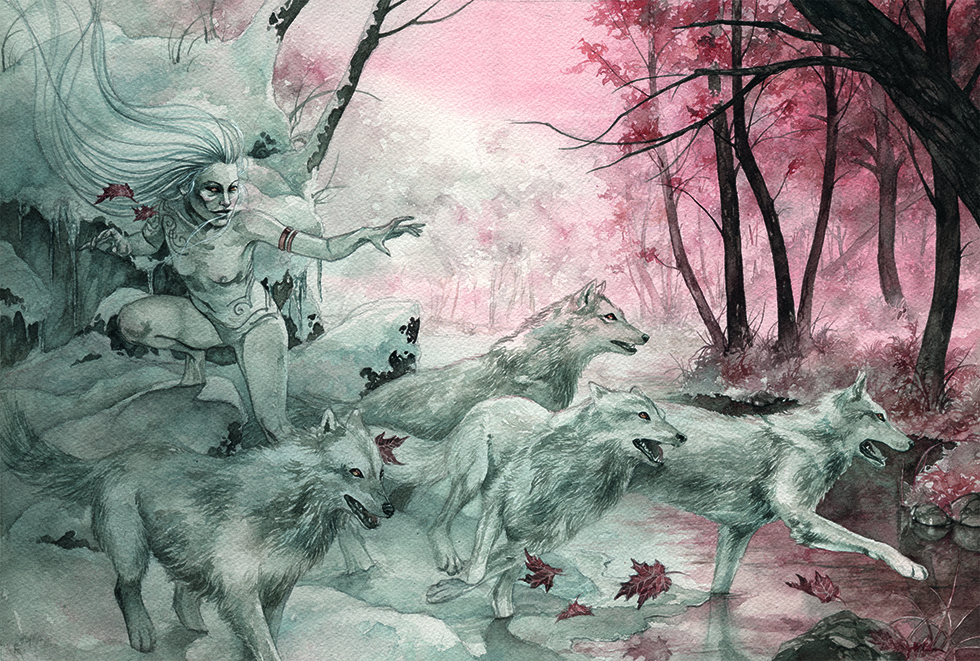
More broadly, Amelia believes artists would benefit from organising to protect their interests collectively. "Screenwriters and actors have guilds, but visual artists tend to be woefully underrepresented legally," she says.
Daily design news, reviews, how-tos and more, as picked by the editors.
Amelia points out that it's perfectly possible to run a successful business while doing the right thing by artists. "I've had the good fortune to work with companies like Darrington Press and 78 Tarot that tirelessly champion and support artists. To nobody's surprise, that attitude leads to an all-round better experience for everyone, better art, and a better product."
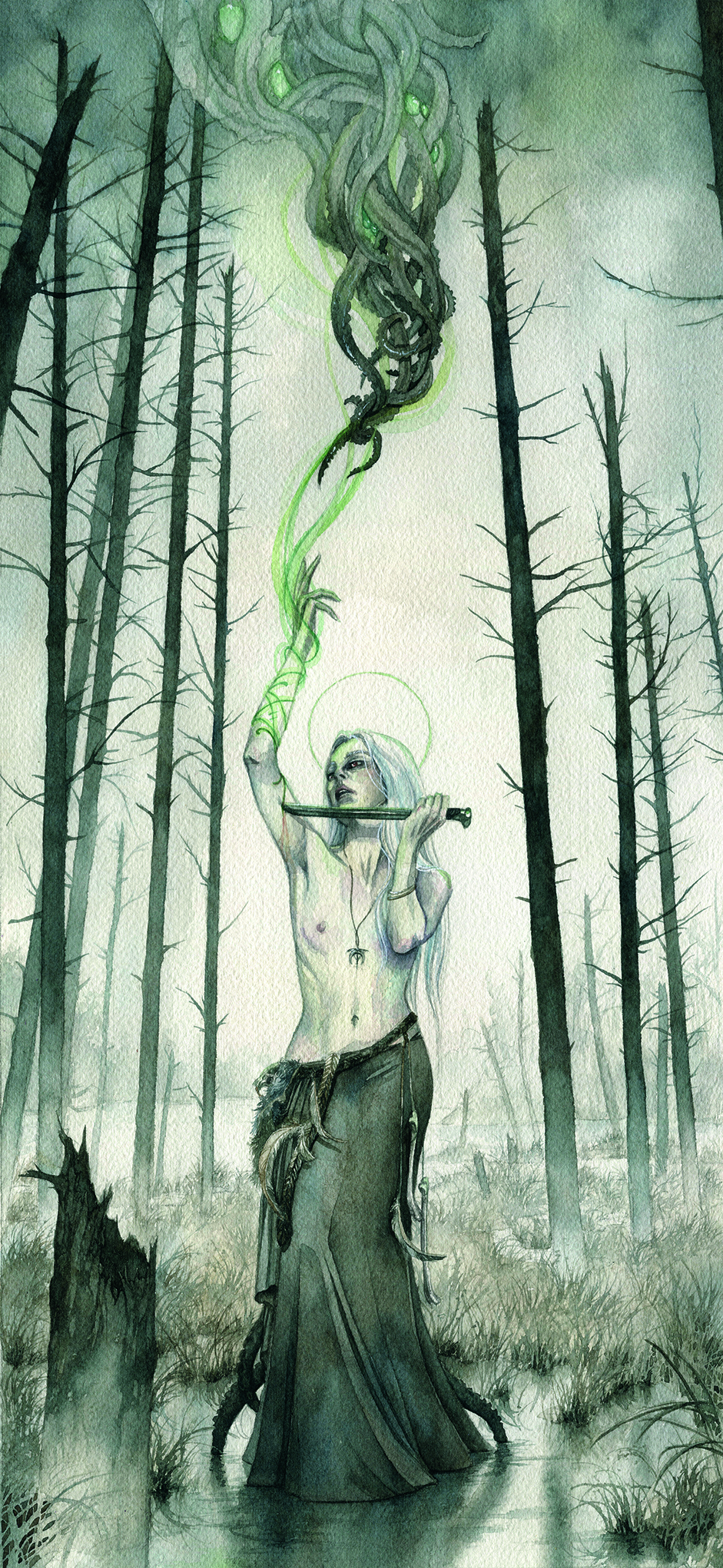
Social media mindfulness
Like Amelia, creating a steady flow of additional income streams is on the mind of other artists we spoke to. Among them is Finnish illustrator Eeva Nikunen, who has her sights set on the idea of licensing her work.
"If you can find a comfortable balance between your authentic voice and what the licensing world is seeking, it can be a fantastic way for artists to generate additional income from the type of artwork that they already enjoy making," she says.
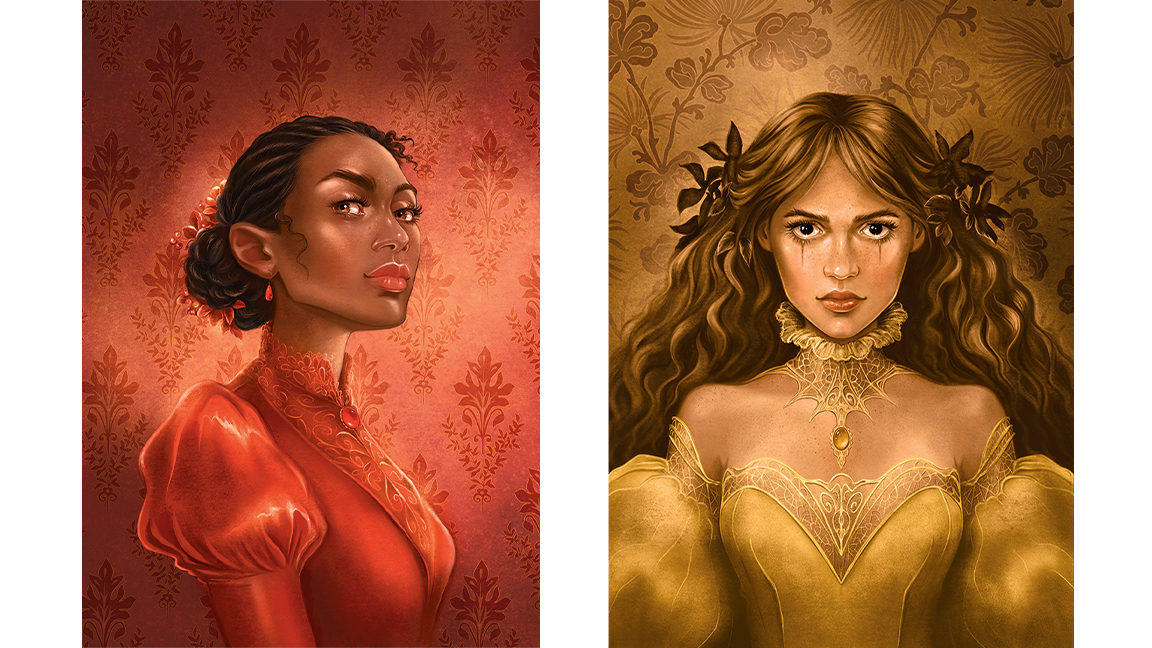
Eeva wants 2024 to be the year she puts more time into personal projects. "I think there is tremendous value in creating personal work," she tells us. "Many of the illustration opportunities that I’ve received in recent years have been the result of a client or publisher seeing something I've created as a personal project. Staying true to your own values and what you enjoy creating will bring you many more illustration opportunities that align with your artistic vision."
While Eeva ultimately views the use of AI art as "inevitable", she also hopes that a greater appreciation of the real deal will develop. "I want to remain optimistic and believe that original projects born from the inspired minds of artists who have worked on their craft will become even more valuable in the coming years," she says.

Heikala, another illustrator also from Finland, sees difficulties with social platforms as a tricky problem that will persist next year. "I think that with the ever-changing algorithms of social media sites, it will be an increased challenge for new artists to promote their work and for professionals to connect with their audience," she says.
"These days it seems that no matter what you try, the exposure remains limited, and the situation is especially dire for newcomers who are getting started and have no built-in audience."
Given that it's so easy to spend a lot of time chasing an audience on each and every new platform that pops up, Heikala's strategy is to focus on her existing social media accounts for the time being, and wait to see which new platforms become popular before giving them her energy.
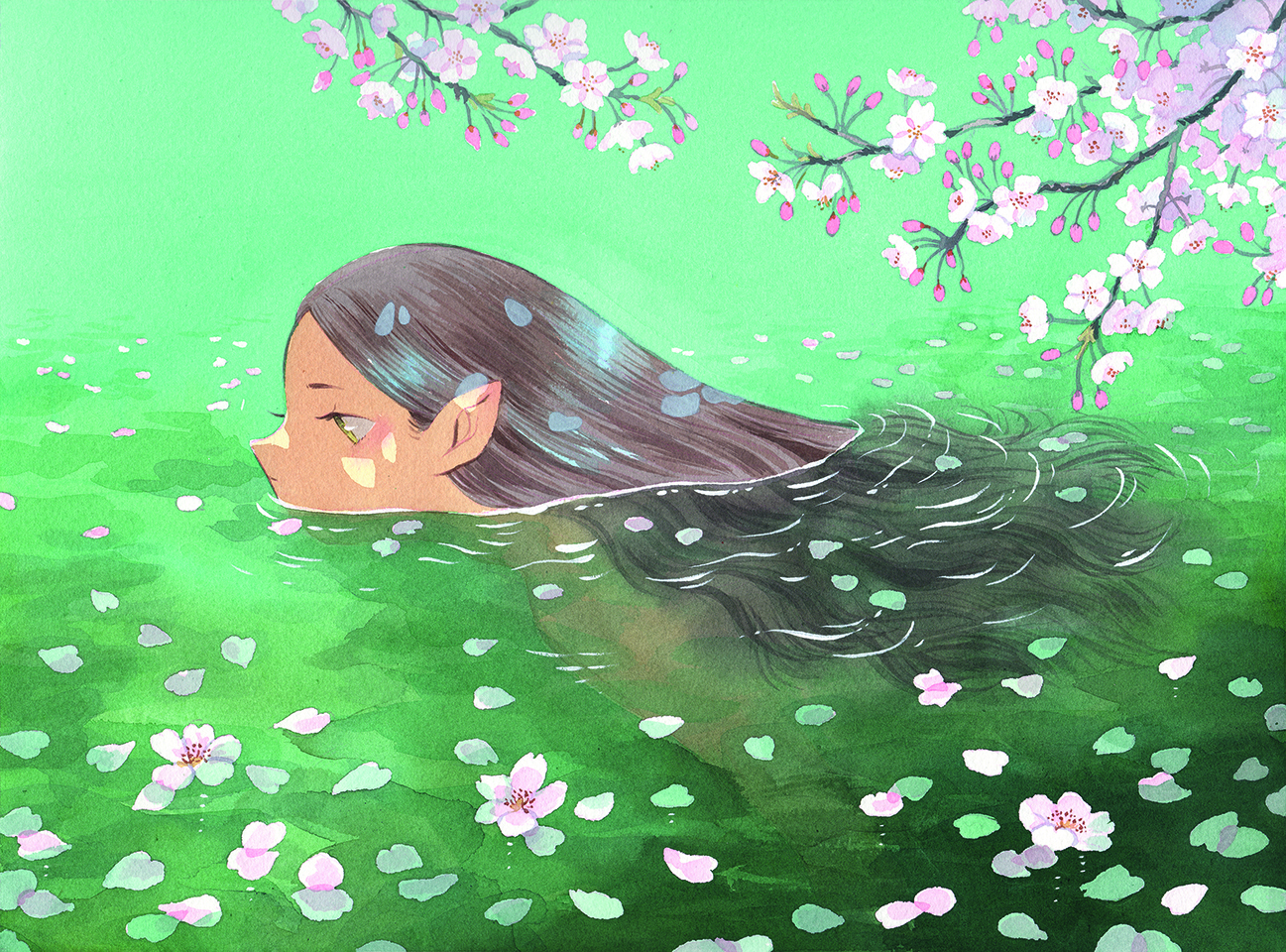
"Having to constantly think about how my social posts are performing and how to best please the algorithm is extremely stressful," she explains. "I'm trying to be more mindful, to not despair over the things that are out of my control, and to focus on making art that I love."
Heikala's New Year's resolution is to make more "self-indulgent art", by which she means "art that's just for me, on my terms, that I make just for the joy of the process". She adds: "It's the best way to find inspiration for new ideas and techniques, and that childlike joy is an invaluable resource that drives my creativity."

A new community focus
This coming year, German freelance illustrator and art teacher Julia Metzger plans to put her efforts into building connections with other artists to bolster resolve in these unpredictable times. Julia says she's going to focus on smaller artist communities, both online and offline.
"Having drawing sessions with my local community and exchanging experiences with artists and students is extremely important for us to stay grounded," Julia says. "Developing great friendships and connections within the art industry strengthens all of us, even as the landscape around us is shifting. There's peace knowing that there won’t be any challenges I'll have to face alone, even if I can't name them yet."
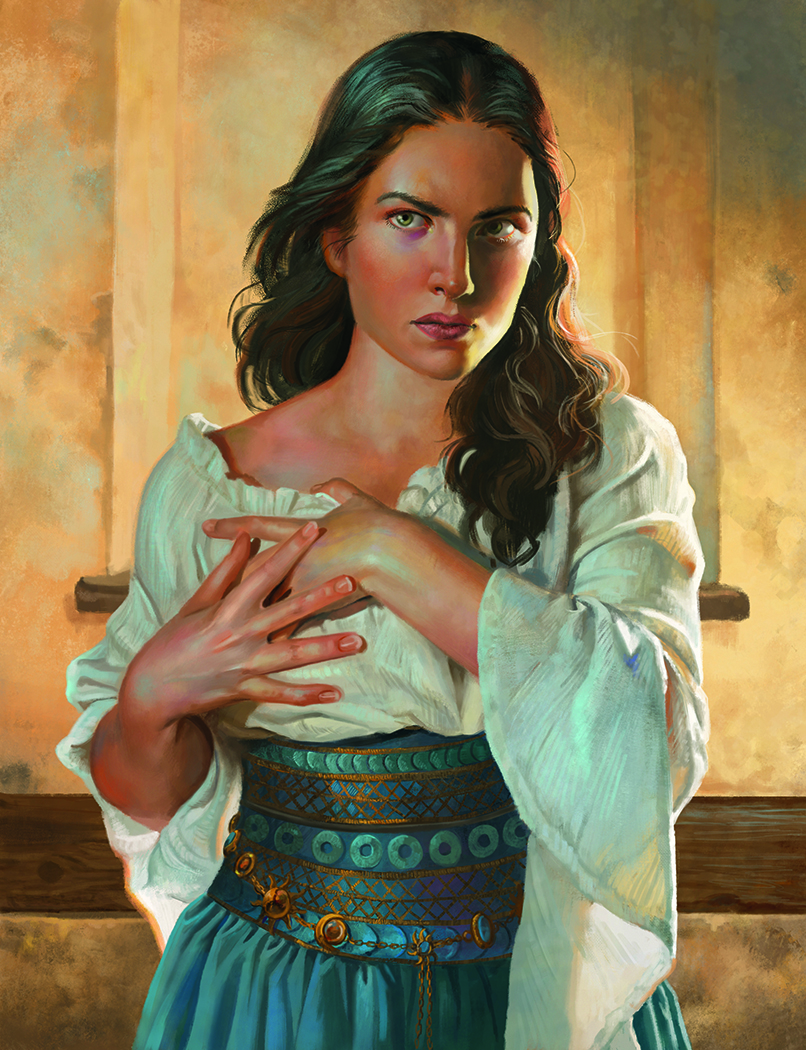
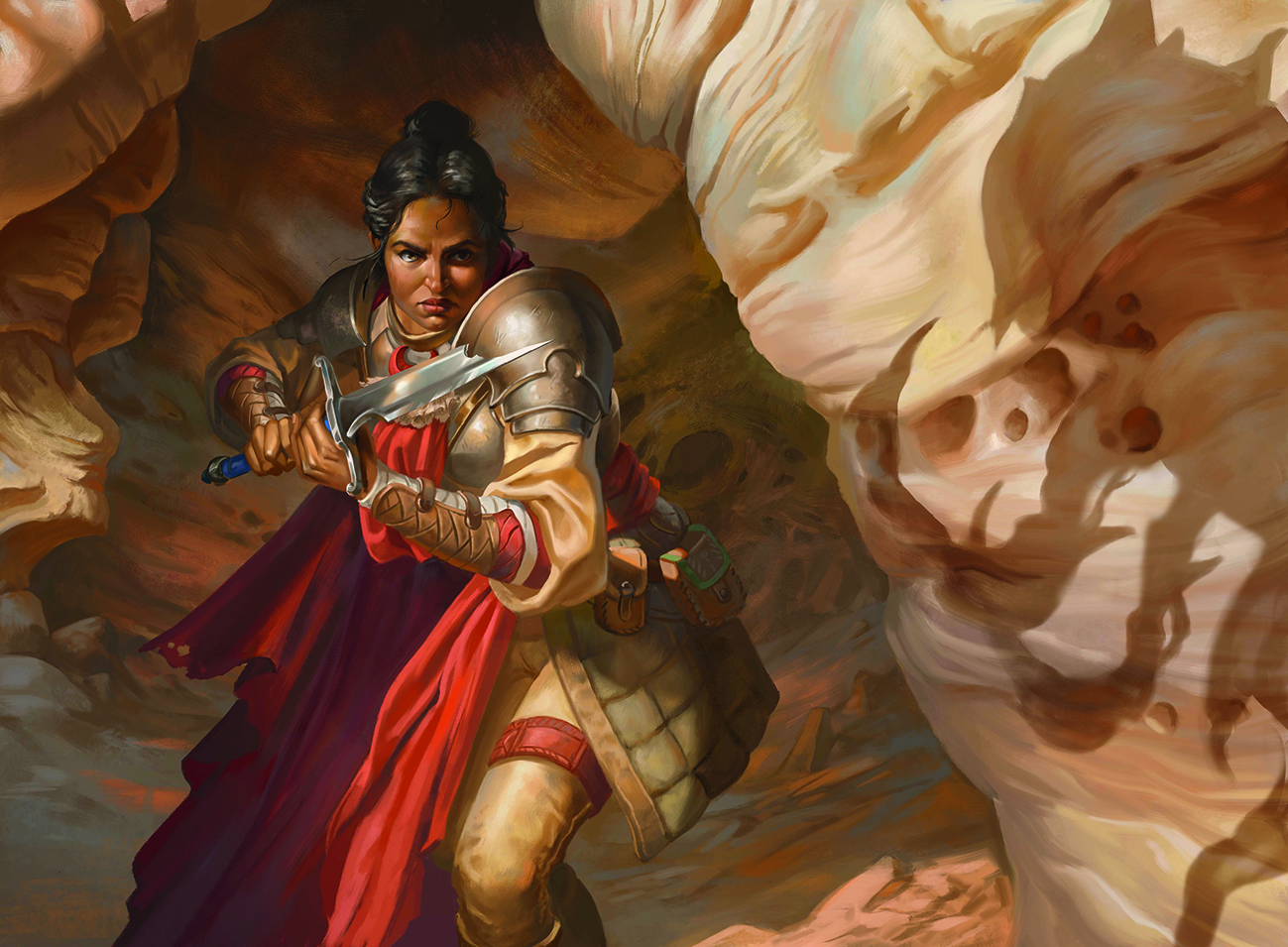
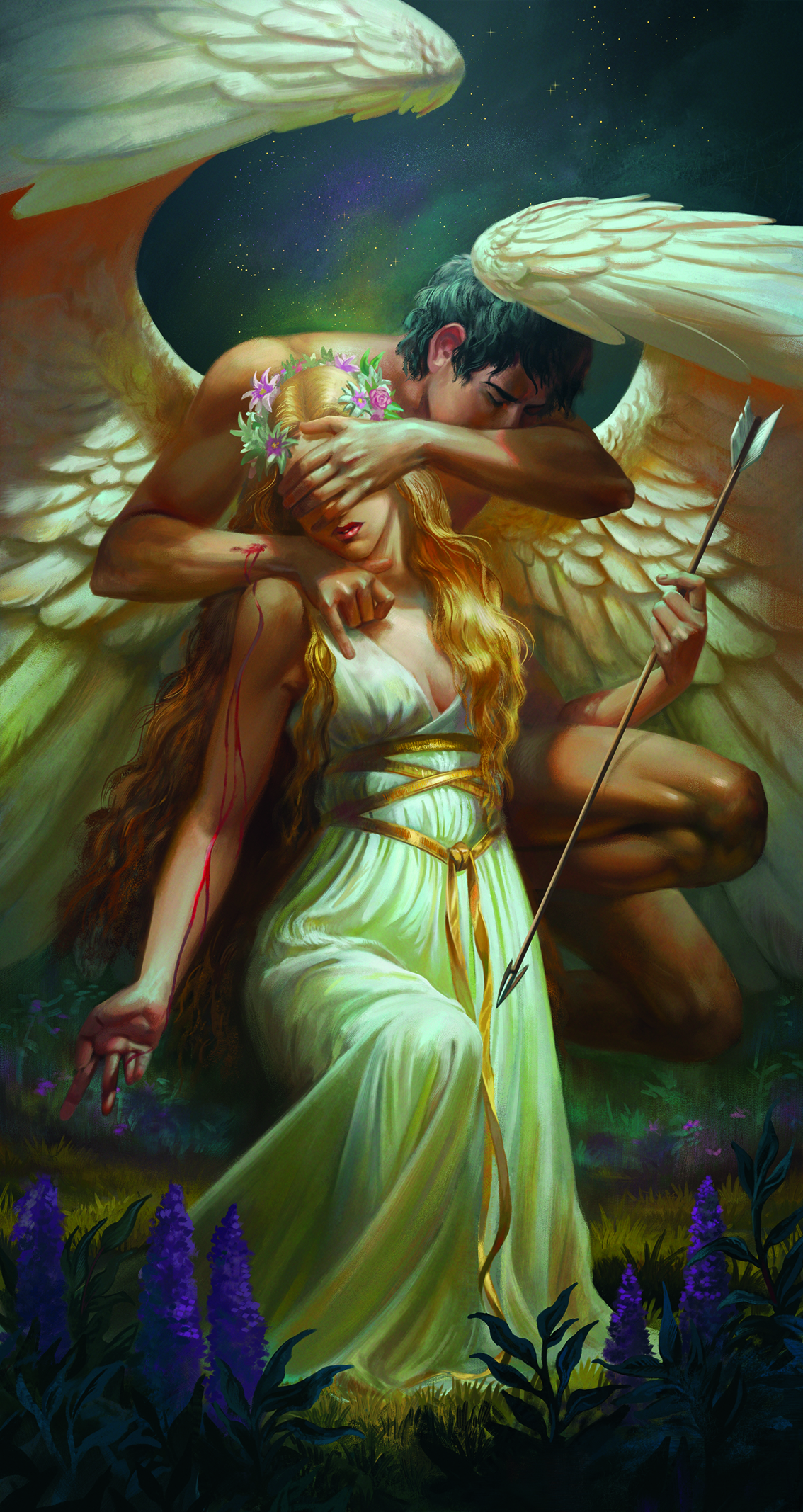
In 2024, Julia hopes to see more creativity in the animation world too. "It was pure joy to see all the new styles of animation and aesthetics we've recently had in video games, movies and TV shows. Seeing them flourish further would be a dream for me," she smiles.
"Among my personal highlights recently were Guillermo del Toro's Pinnochio with its outstanding use of stop-motion, plus the newly released Blue Eye Samurai, which has a blend of 2D and 3D styles, as well as Puss in Boots: The Last Wish. I hope more people with influence will push for projects where this level of creativity and excellence can stay alive."
A call for diversity
Among those hit hard by the film industry strikes that took place this year was the concept artist Phillip Boutté Jr. "Surviving that was a true blessing, but one of the biggest challenges I've faced in my career," he tells us.
His wish for 2024 is for those who hold power in the industry to begin "truly grasping what it means to be diverse and inclusive", and providing those with marginalised voices equity.
Phillip explains: "It's very important to make sure that the artists behind the scenes are diverse in order to provide authenticity to projects, but also to inspire people to empathise and learn from those that aren’t from their own specific background. This provides something palpable and tangible onscreen, and we need much more of it."
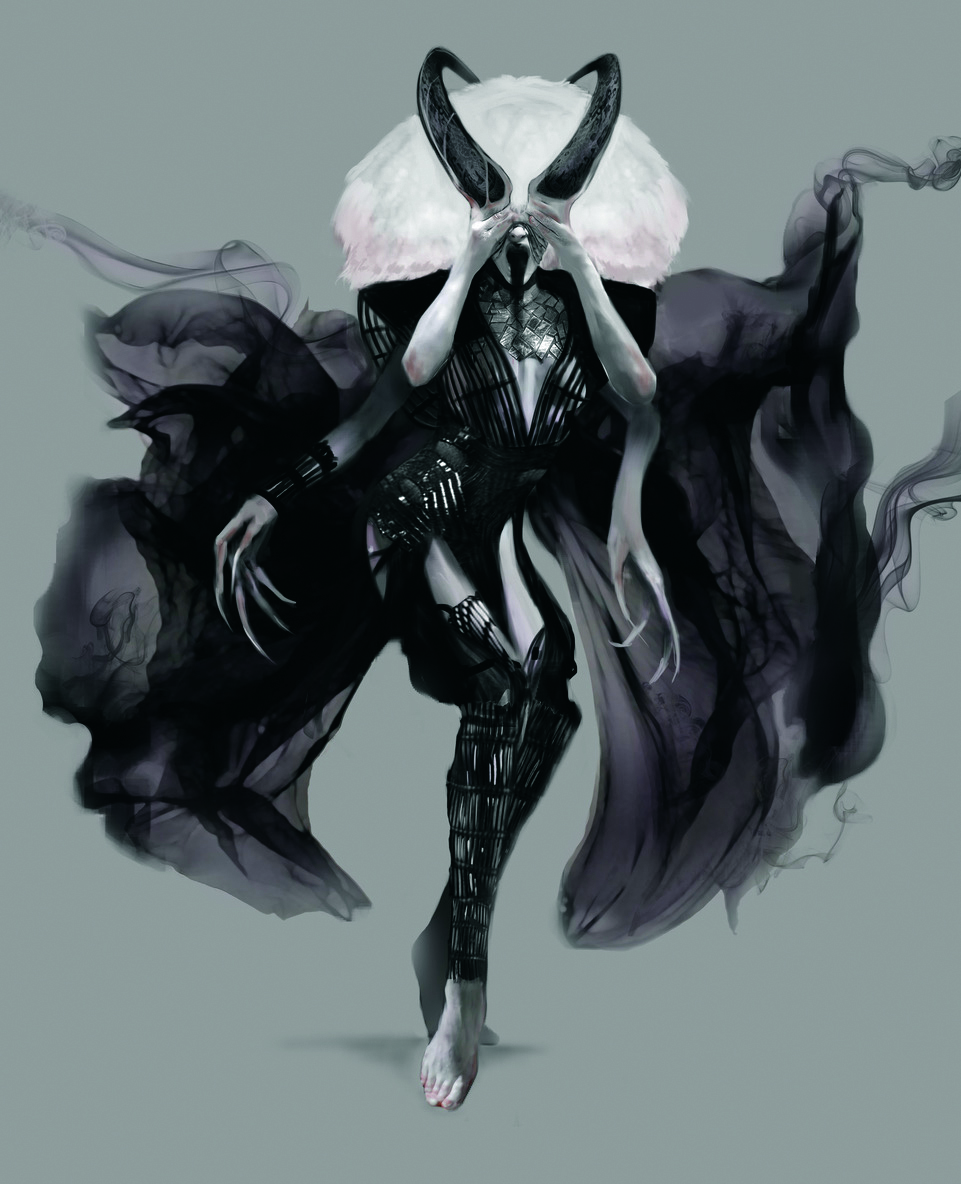
Our final resolution comes from Jesper Solling Andersen, the creative director at the Copenhagen-based studio MOOD Visuals. He, just like the others, wants to make more art for himself next year, and also delve into 3D art; specifically using photogrammetry and Unreal Engine. On the latter target, he says: "Granted, it's another 'tool', but it can open up for so much more!"
In the near future, Jesper would like to begin seeing more transparency in the creative industries. "Generally, we're a fairly closed-off club of several hundred-thousand people who all share in the same goal: to bring our worlds to life. If creatives and artists weren't here, how would we ever be able to envision the impossible, the implausible, or the fantastic?"
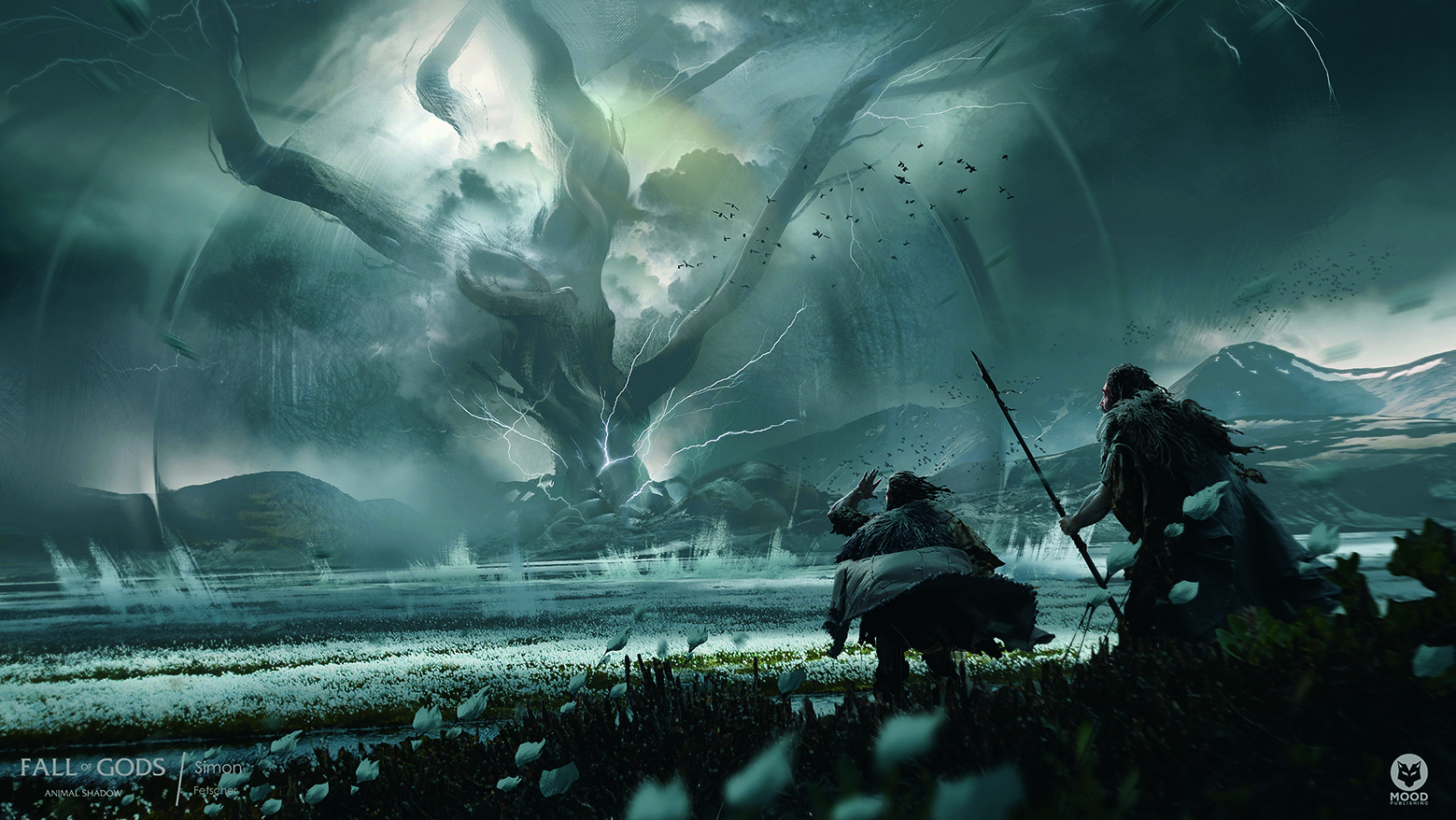
Industry insight: fighting back against AI
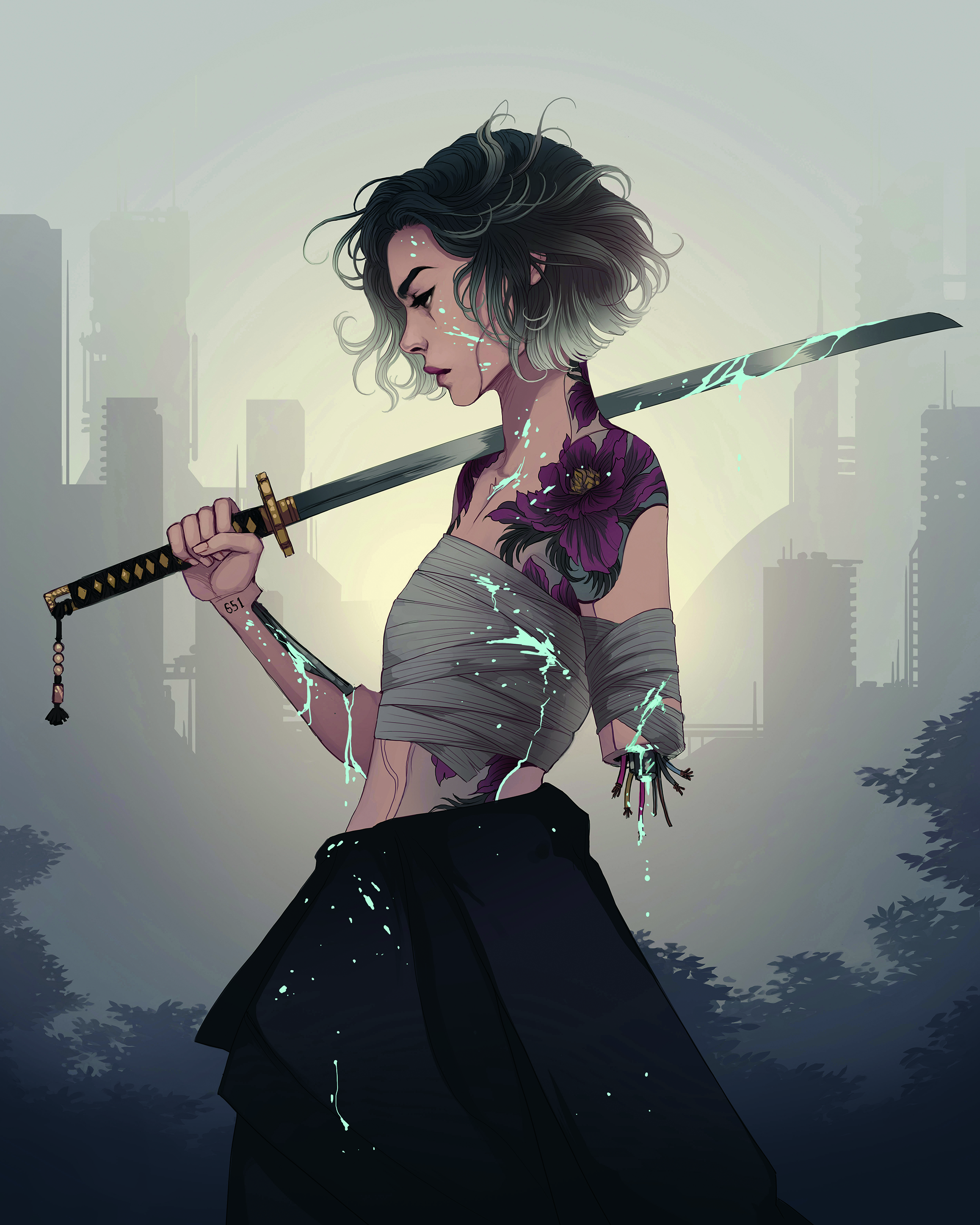
Artist Mona Finden reveals the new tools that will help to protect artists' work from the increasing use of generative AI in 2024. Mona Finden is a Norwegian illustrator who loves to create fantasy scenes, floral shapes and detailed characters.
What will be the biggest challenges in 2024, and how do you plan to face them?
Definitely the biggest challenge in 2024 is the development of generative AI, how companies will decide to handle it and what further regulations will be set. A lot of artists are already struggling, and many previously open doors into the industry are now being shut.
I've not been very vocal about this subject, but it's been on my mind the entire time. I've been using, and will continue to use, Glaze [software that affects the way machine-learning models read an image]. I encourage all artists to do the same. Very soon the Glaze team will also release Nightshade, which is a step up in keeping our copyrighted work safe from scraping.
It's also important to keep a cool head about this issue as it's easy to end up in a black hole of doubt and doom-scrolling, so keep improving and encourage each other, because in the end artists have a skill much more valuable than an algorithm.
What actions would you like to see in 2024 from people who hold power in or over the art industry?
I'd like to hear bigger companies take a firm stance against using generative AI. Some publishers I’ve worked with have included a clause in their contracts that it's not to be used, and I’d like to see more of this!
This content originally appeared in ImagineFX magazine, the world's leading digital art and fantasy art magazine. ImagineFX is on sale in the UK, Europe, United States, Canada, Australia and more. Limited numbers of ImagineFX print editions are available for delivery from our online store (the shipping costs are included in all prices)
Alternatively, you can access us instantly through our digital options:
• Apple app (for iPad or iPhone)
• Pocket mags (multi-platform app, great for Android users)
• Zinio (multi-platform app for desktop or smartphone)
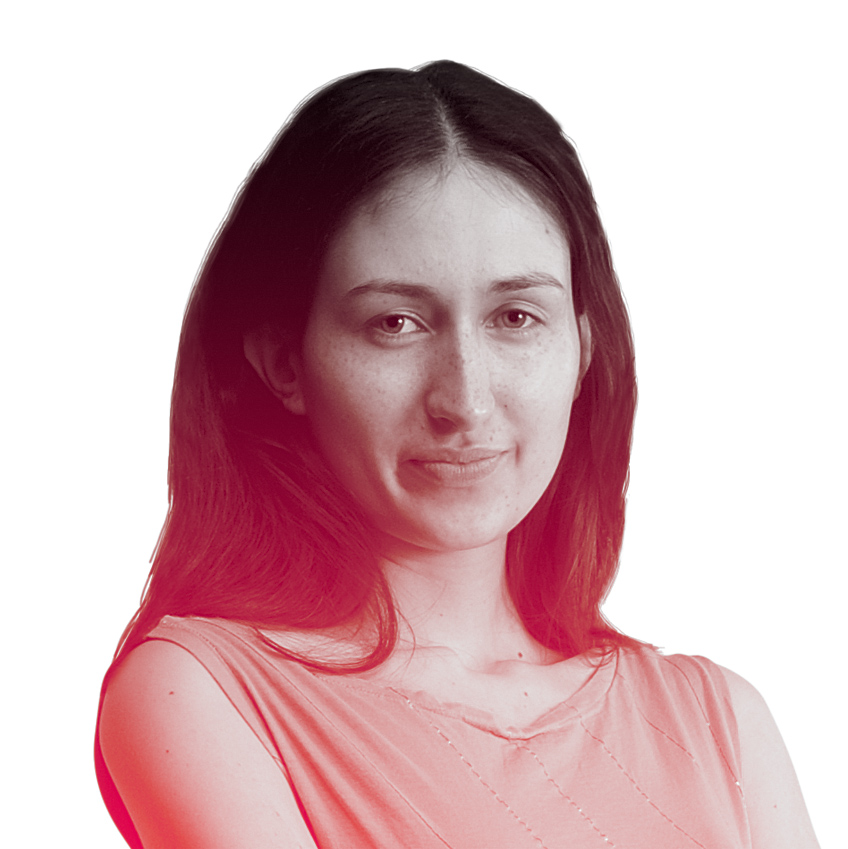
Tanya is a writer covering art, design, and visual effects. She has 16 years of experience as a magazine journalist and has written for numerous publications including ImagineFX, 3D World, 3D Artist, Computer Arts, net magazine, and Creative Bloq. For Creative Bloq, she mostly writes about digital art and VFX.
- Ian DeanEditor, Digital Arts & 3D
